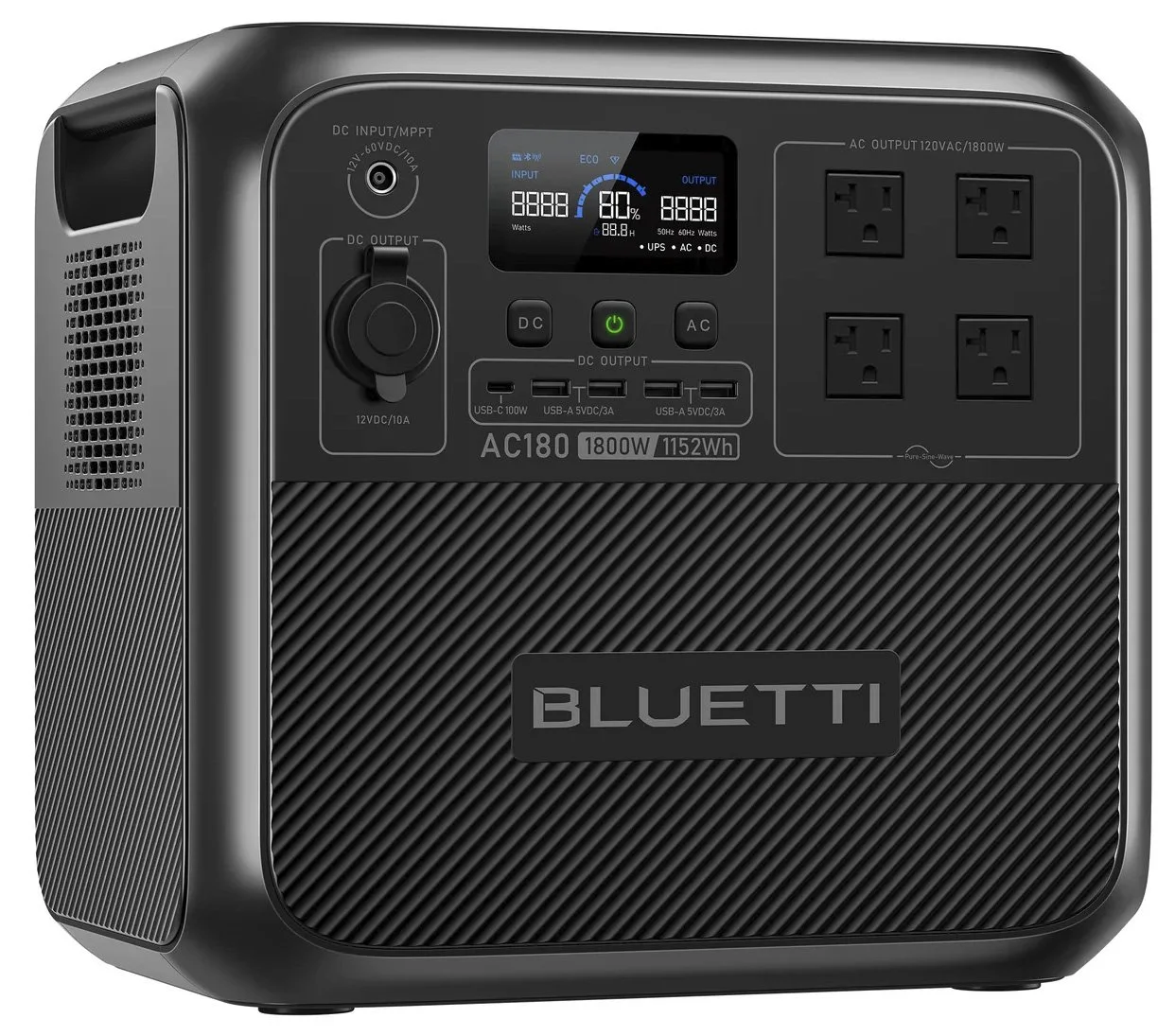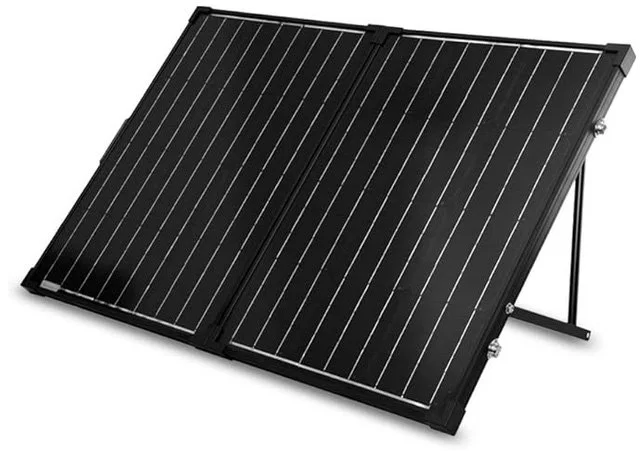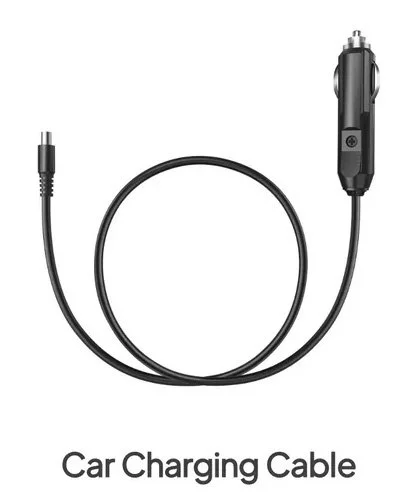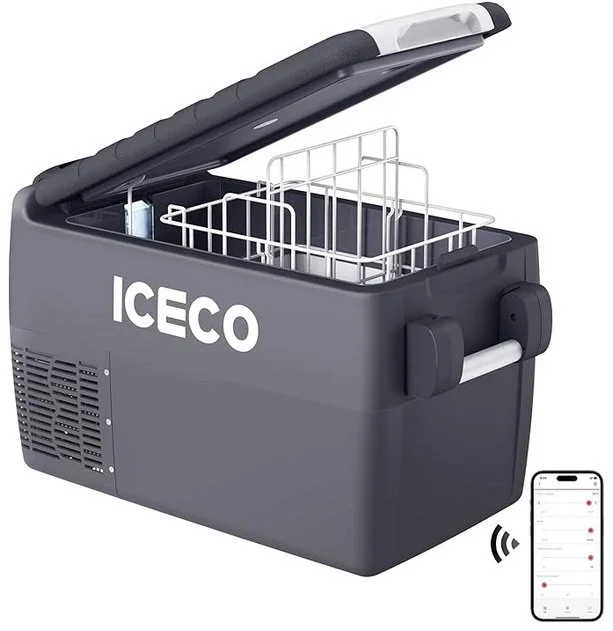18 Month Delica Campervan Updates
In this video, I share the upgrades I've made to my 1995 Mitsubishi Delica L400 camper van over the last 18 month, including addition of an electrical battery bank, 100 watt solar panel, power inverter and portable refrigerator. All these components have worked very together very well over 80 days of camping in the last 18 months.
This video is part of my series in transforming this old 1995 Japanese JDM Mitsubishi Delica L400 van into a camper van in support of my outdoor photography adventures. Check out the full story on this van conversion here.
One of my goals with the camper van is to keep things simple and inexpensive. One way I do this is also by keeping things modular. This modularity also makes it possible to convert this van between a camping van mode and a cargo van mode in under 1 hour.
Battery Bank for Camper Van
I carried this philosophy along with my electrical system and decided to use an off-the-shelf integrated battery bank as the heart of the system. I opted for the Bluetti AC180 battery bank, which come with 1150 watt-hour battery. An advantage of these fully integrated battery banks is that they already include battery monitoring, thermal protection and over/under discharge protection built in. I don’t have to go buy all these as separate components, calculate wire gauges, buy connectors and integrate that all together on my own. All this comes in one ready-to-install box. And I can even remove the box from my van and use it in other applications, such as with my pop-up tent trailer or as backup power at home.
This battery bank uses a Lithium iron-phosphate (LiFePO4) battery, which handles 5 to 6 times as many charge/discharge cycles as traditional Lithium-ion, is chemically much less likely to catch on fire, and performs better in high temperatures, as might be expected inside a vehicle in the summer.
Bluetti’s latest version of this battery bank is the AC180P, which comes with an increased capacity of 1440 watt-hours. This means that the older version is currently heavily discounted.
AC180 vs AC180P specifications and pricing, as of April 2025.
Battery Bank Charging
I have 5 ways to keep the battery bank charged on my trips:
1. Roof-Mounted Solar Panel
I installed a 100 watt solar panel, which I got on sale at Harbor Freight for $100. It is bolted to aluminum extrusions, which are then attached to my roof rack cross bars with steel band clamps. Being mounted horizontally, this 100 watt panel is rarely pointed directly to the sun, so generally gives me from 50 to 80 watts of power on sunny days.
2. Portable Solar Panel
I also purchased a folding 100 watt solar panel from Renogy. I thought to carry this panel with me in the van and then set it up in camp, where I could position it in the sun (if my van was parked in the shade) and where I could maintain it pointed directly to the sun. The cable from this panel would be electrically connected with the roof-top panel in parallel through Y-connectors. However, I found the panel was just too large to routinely carry around in my small van, even when folded. It would make a great solution in a larger van.
3. Van 12-Volt Port
The AC180 battery bank comes with a car charging cable for plugging into a vehicle’s 12-volt automotive port. So I ran this from the port in the back of my van to the battery bank in parallel with the solar panel(s) through a DC splitter. This supplies about 65 watts of power.
4. Inverter
In a bit of a departure from my “keep it simple” philosophy, I also installed a Victron 375 watt inverter under my front passenger seat wired to my van’s battery. This took some work to route wires from my battery, through the firewall and to the inverter. I also installed a signal line from my van’s fuse box to the inverter so that the inverter would know when the van’s ignition was turned on and only draw power from the battery while the engine was running. This inverter has a 375 watt 110-volt AC outlet with pure sign wave output, which my battery bank plugs into. This is a high-quality inverter that has been working very well with the battery bank. Victron makes larger inverters, but the alternator on my 1995 van is old and small, so I don’t want to over-tax it.
I will release a more detailed video showing the installation of this inverter in the coming weeks.
5. Extension Cord
I also carry a 50 foot heavy gauge extension cord, which I can plug into the battery bank when I am camping somewhere with a 110-volt AC outlet. I’ve only used this once, as I rarely camp in campsites with hookups, but it is a cheap solution and makes sense to carry.
Refrigerator for Camper Van
After researching numerous refrigerators and which nook and cranny they might fit into my small camper van, I discovered the perfect fit. An ICECO JP30 refrigerator fit perfectly into a space at the back of my camper van accessible through the rear hatch, right next to my breakfast/dinner food bins and water supply.
This 32 quart / 30 liter refrigerator is pretty much the perfect size for my solo camping needs and “keep it simple” meal planning. I pack it with milk, yogurt, lunch meats, cheese, fruits, veggies, dinner meats and a couple bottles of ale.
It also has the infamous German-engineered SEPCO compressor (formerly called Danfoss), which is known for its reliability, and for which ICECO offers a 5-year warranty.
The unit does take some time to come down to low temperature, so I start it a couple hours before my trip in “MAX” mode, and then switch it to “ECO” mode for lower power consumption after that. Also, the bottom are of the fridge stays cooler than the upper areas, so meat products go down there.
To mount it to my van, I first attached a fridge slider to the floor of my van at a fitting where one of the (removed) back seats used to attach. I was able to buy a third party slider at a lower price than the “official” ICECO slider. Both sliders appear to be identical, other than the names of the companies painted on them.
More on Delica Campervan Conversion
See more posts on my Mitsubishi Delica camper van conversion















It’s finally time to take my newly converted 1995 Mitsubishi Delica L400 campervan on its first trip! We are off to 4 days of camping in an Olympic National Park rainforest for some hiking and photography.